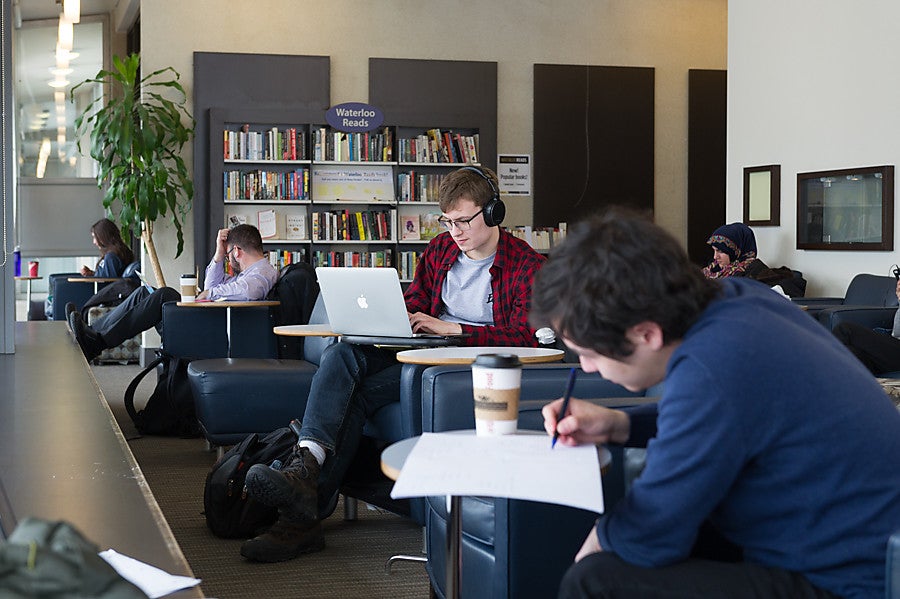We asked students and learning specialists to share their best tips, tricks and tools for university students. Browse through the articles for new strategies and perspective. Use the filters to find content that works for you.
The type of graph you include in a paper, poster or presentation will depend on what concepts, relationships or results you are hoping to share with your audience.
Are you looking to feel more confident reading and understanding graphs and diagrams? You’ve come to the right place.
The outline method is one of the most commonly used note-taking methods for university students. In fact, it’s possible you’re already using it!
The outline method is easy to use and adjust for different purposes — taking lectures notes, reading notes and studying.
Are you finding academic readings challenging? Do you feel like you’re not getting the most out of them?
There’s a strategy you can try to help with this. The acronym is SQ3R — it stands for survey, question, read, recite and review. Let’s take a deep dive into each step.
What’s the Cornell note-taking method?
You may have used a concept map in a class project, or to take notes — but are you using this tool to its full potential?
Concept mapping can help you develop knowledge structures, assess your understanding of content and review for exams.
What does good note-taking for university lectures look like?
There’s more to it than showing up and jotting down a few key phrases from your prof.
There’s a lot of content in university lectures. It’s important to learn how to take cues to determining what’s important to record in your notes. People don’t instinctively listen well, but it’s a skill that anyone can develop using these steps.













